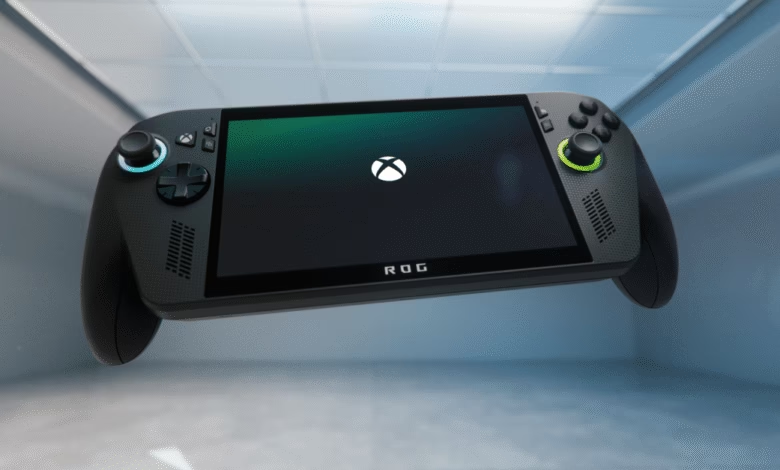Microsoft Merges Windows and Xbox for Handheld PCs

▼ Summary
– Microsoft and Asus announced ROG Xbox Ally devices featuring a new full-screen Xbox experience optimized for handheld gaming.
– Microsoft overhauled the Xbox app, Game Bar, and Windows to compete with SteamOS, focusing on handheld-friendly features like a simplified interface and reduced background processes.
– The full-screen Xbox experience hides the Windows desktop by default, improves memory usage, and reduces idle power draw by one-third compared to the desktop mode.
– The updated Xbox app acts as a launcher for all PC games, including Steam and other stores, and introduces a handheld-friendly Game Bar for quick settings and navigation.
– Microsoft plans to expand the full-screen Xbox experience to other Windows handhelds in 2024 and is developing a verification program for games optimized for handheld devices.
Microsoft is taking a major step forward in handheld gaming by deeply integrating Windows and Xbox experiences on portable PCs. The tech giant has partnered with Asus to launch two new ROG Xbox Ally devices featuring a completely redesigned full-screen Xbox interface. This move directly addresses the growing competition from Valve’s SteamOS, which has dominated the handheld PC market since the Steam Deck’s debut.
The new approach fundamentally changes how Windows operates on these devices. Instead of loading the traditional desktop environment, the system boots directly into a streamlined Xbox interface that prioritizes gaming. Key Windows elements like the taskbar and desktop wallpaper remain hidden by default, freeing up system resources. Early tests show this optimization reclaims approximately 2GB of memory for games while significantly reducing power consumption during sleep mode.
At the heart of this transformation lies an overhauled Xbox app that now serves as a universal game launcher. Players can access titles from multiple platforms including Steam, Epic Games Store, and Xbox Game Pass through a single interface. The updated Game Bar provides quick access to system settings, performance monitoring tools, and Microsoft’s new Gaming Copilot feature—all controllable via the handheld’s physical buttons.
Microsoft’s engineering teams have made substantial under-the-hood improvements to Windows specifically for this form factor. “We’ve disabled numerous background processes designed for productivity scenarios,” explains Jason Beaumont, Xbox’s VP of Experiences. The company has even modified the Windows lock screen to support controller navigation, allowing users to input PIN codes without touching the screen.
Battery life improvements represent another critical enhancement, with the new full-screen mode reportedly consuming one-third less power during idle states compared to traditional Windows operation. Microsoft continues refining these optimizations ahead of the devices’ launch later this year.
While initially exclusive to Asus’s ROG Xbox Ally models, Microsoft plans to expand this experience to other Windows handhelds in 2025. The company is also developing a certification program similar to Valve’s Steam Deck Verified initiative, helping users identify games optimized for handheld play.
This strategic shift positions Windows as a stronger competitor in the handheld gaming space, potentially preventing more manufacturers from adopting SteamOS. As the battle between Windows and Linux for portable PC dominance heats up, gamers stand to benefit from improved performance and streamlined experiences across both ecosystems.
(Source: The Verge)






